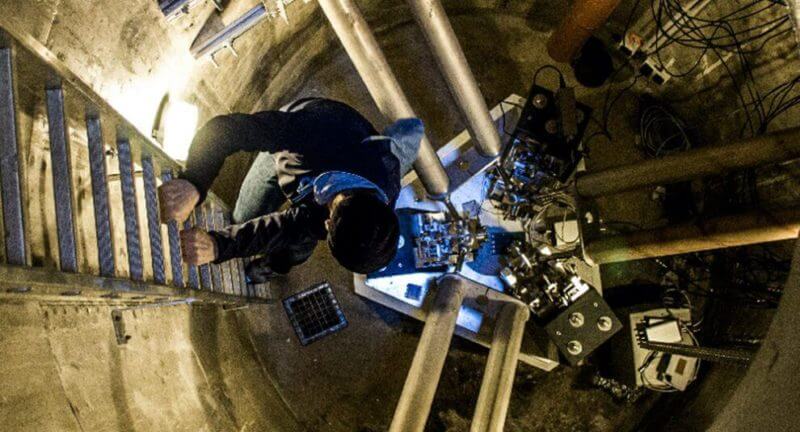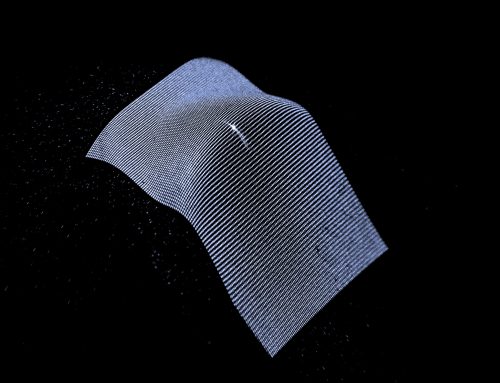First real-time measurement of the rotation and inclination of our planet from the earth’s surface
Premiere underground: For the first time, researchers have measured the rotational movements of our planet directly on the earth’s surface and in real time – with a new system of ring lasers. Until now, the subtle fluctuations of the earth’s movements could only be recorded with a network of radio telescopes. The ring laser system installed not far from Munich now makes it possible to measure from just one location.
In principle, the earth rotates around itself once every 24 hours. However, neither its speed of rotation nor its orientation is constant. Instead, factors such as the gravitational pull of the moon, the movements of the oceans and atmosphere and even earthquakes influence the rotation and axial inclination of our planet. As a result, the length of the day increases over time and also fluctuates slightly. At the same time, the earth slightly wobbles around its axis.
Laser light instead of radio telescopes
Until now, these tiny irregularities could only be detected by a worldwide network of radio telescopes, the so-called Very Long Baseline Interferometry (VLBI). To do this, the telescopes aim at distant quasars and determine the position and motion of our planet from the arrival times of their radiation. Due to the time-consuming data evaluation, this method always delivers its results with a delay of several days.
But there is another way, as the first results of a new type of laser measuring system now show. This system, christened ROMY (Rotational Motions in Seismology), measures the movements of the earth using a special laser arrangement, a ring laser. “The fascinating thing about it is that we can measure the Earth’s decoration directly on the surface with just one instrument – without having to target satellites or extragalactic radio sources,” explains Johannes Böhm, a researcher at the Vienna University of Technology who is involved in the VLBI.
How ring lasers measure rotation
The laser measurement of earth movement works on the basis of so-called ring lasers – laser beams that are deflected by mirrors in such a way that they form a closed triangle. As early as 1960, physicists had already discovered that such laser beams, which practically run in a circle, take fractions of seconds longer to travel when they travel with the Earth’s rotation than when they radiate through the same circle in the opposite direction.
Data for GPS satellites, seismology and basic research
The laser measurements are useful for calibrating the GPS satellites in orbit, but also for basic research: “The measurements have scientific potential for both earthquake physics and seismic tomography,” explains Igel. “For seismology, we have already been able to observe very valuable data from earthquakes and oceanically generated seismic waves”.
The ring laser measurements can also be helpful for volcano research, because even underground magma flows in volcanoes can be detected by tiny changes in the earth’s movement. In combination with other methods, the measurements also allow conclusions to be drawn about the nature and dynamics of the Earth’s interior. (Physical Review Letters, 2020; doi: 10.1103/PhysRevLett.125.033605)
Click here for the original article.





